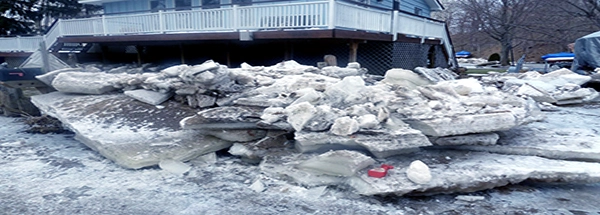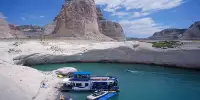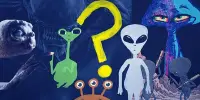A graphic depicting the tsunami brought on by the asteroid that wiped out the dinosaurs 66 million years ago was made public on Monday by the National Oceanic and Atmospheric Administration, confirming the possibility of catastrophic flood events.
Around 66 million years ago, when an asteroid created a sizable hole in what is now known as the Chicxulub crater in northern South America, the dinosaurs nearly all perished at the same time. The asteroid, which is estimated to have been around six miles large, impacted Earth and caused the mass extinction that put an end to the dinosaur era.
More than 2,000 miles away from the crater, pieces of the asteroid have been discovered, and new data reveals that the impact resulted in a tsunami that nearly covered the entire planet.
The NOAA animation illustrates how the tsunami affected coasts, but it doesn’t accurately depict the level of destruction that would have resulted from the strike.
The graphic appears at an odd point in our pop cultural evolution, despite the fact that NOAA and NWS are dependent on government financing (and hence frequently steer clear of themes like climate change and cataclysms). Graham Hancock, Randall Carlson, Jimmy Corsetti, and others have all contributed to television shows, podcasts, and YouTube series that have shed light on the geological formations brought on by large-scale, globally devastating flood occurrences like that depicted in the NOAA figure.
A growing body of data indicates that the Younger Dryas “mini ice age,” which occurred between 12,900 and 11,700 BC, was not brought on by global warming as former presidential candidate Al Gore continues to claim, but rather by a catastrophic asteroid strike.
New evidence indicates that the tremendous asteroid strikes that our planet experienced caused the ice shelves to melt atop the North American continent. Proxy data implies that this is a cyclical tendency that happens around every 12–15,000 years.
Although the NOAA image and explainer did not mention any of this work, it is always fascinating to observe the kind of verbal and mental juggling that those working for the organization must do to make sure the science does not conflict with political objectives.















